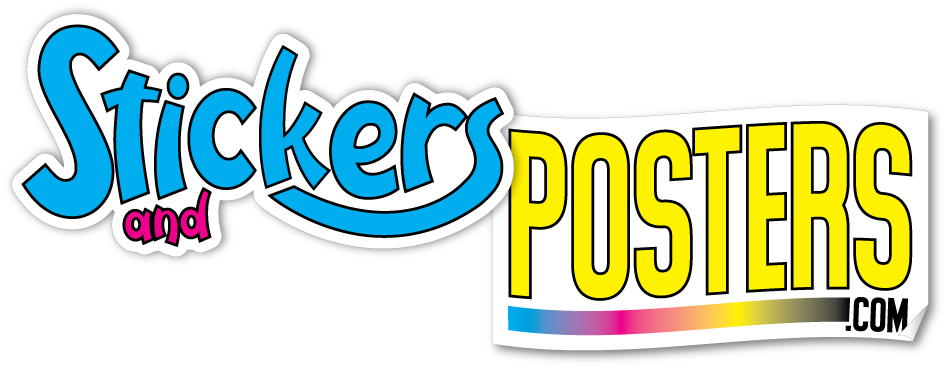
Sharing a Whitepaper: “3 Winning Strategies for Engaging Your E-Commerce Website Visitors”
September 6, 2023
Four E-Commerce Metrics to Consider Adding to Your Marketing Reports
October 26, 2023E-commerce business owners face the ultimate challenge of attracting and engaging customers while driving traffic to their online stores. While this is a challenging feat, as online consumers are inundated with ads and options, the following best practices can help you get your brand noticed by those most likely to convert to customers.
From marketing to existing customers to acquiring new ones, here are seven marketing tactics you can use to drive traffic to your e-commerce website.
- Leverage Email Marketing
A solid email marketing strategy is critical to growing your e-commerce business. Aim to collect as many email addresses as possible from customers and prospective customers, website visitors, online audiences, etc. Once you have created your list, solidify your relationship with your audience by offering a promotion to those on your email list or a referral discount to encourage customers to share your site with friends and family.
Email continues to be one of the most effective marketing tools in the e-commerce toolbox, so ensure you keep collecting email addresses on your site. Incentivize new contacts by offering them a small promotion, like 15% off their first purchase or free shipping, for sharing their email addresses.
Once your list is established, maintain open lines of communication by developing a regular email cadence that includes promotions, new content, product launches, and other news that can encourage customers to visit your site. - Enhance Your Online Presence
One of the most effective ways to enhance your online presence is by optimizing your social media channels by building your profiles and ensuring they feature vibrant images, engaging videos, product spotlights, promos, and current contact information.
Another way to effectively leverage social media is by hosting giveaways, partnering with bloggers and/or influencers active in your niche, and using appropriate hashtags. Be sure your post frequency is consistent and your content is aesthetically pleasing, relevant, and concise. - Optimize for SEO
Search engine optimization (SEO) encompasses many things, and optimizing your website can prove challenging. Before embarking on your SEO optimization efforts, consider how your target audience talks about your products and highlight the features you believe are most noteworthy.
Pay attention to on-page content, such as product titles and descriptions, images, and any blog content. Structure your content so it naturally uses the language your customers might use when searching for related products and answers their questions.
Also, be sure to leverage both title and meta tags. Title tags, like headlines for a search engine, help the search engine figure out what each page is about. Each page of your website should have its unique title tag. Meta descriptions are short summaries of each page. When your site appears on a search engine results page, users will see your title tag and meta description before anything else. - Focus on Content
Content is king! It is imperative to create content that attracts and engages audiences who are looking to buy your product. From the content on your website and social media to the content in your email marketing and ads, providing helpful information that positions your brand as an authoritative voice in your vertical can pay dividends when it comes to closing sales. Be sure to include relevant and timely information and structure your content so that it is easy to read and understand. - Engage in Online Advertising
From Google Ads to social media advertising and promoted posts, online advertising is an effective way to grow your audience and bolster your brand’s awareness.
Google Ads for search engine marketing allows you to bid on keywords so that you can show up first in search engine results pages. Search engine optimization is all about getting the coveted “top spot!”
Social media is also a great place to focus ad spending as people spend time on social platforms. Whether it’s paid ads or promoted posts, social media advertising is a great way to meet your audience where they are. Be sure to feature photos and videos in your ads, as they are engaging, and start small as you test which social media platforms and ads convert the best. - Partner and Cross-Promote with Complementary Brands
Partnerships with other complementary brands are a great way to cross-promote. Seek partnerships with brands who share a similar target audience and complementary products. That way, each business partner reaches a new yet relevant audience. For example, if you sell pet products, an appropriate partnership could be with a brand focused on pet health.
While the methods for cross-promotion can vary, co-branding, guest blogging, spotlighting each other’s best sellers, and/or engaging in social media takeovers are all effective ways of growing your core audience and engaging new, like-minded consumers. - Participate in online events and discussions.
As online communication and events continue to surge, opportunities to increase brand awareness with target audiences abound. Leverage your expertise by participating in webinars or virtual conferences to get the word out about your business. You may also consider going live on your social media or your partners to share about a particular product, service, feature, or special.





